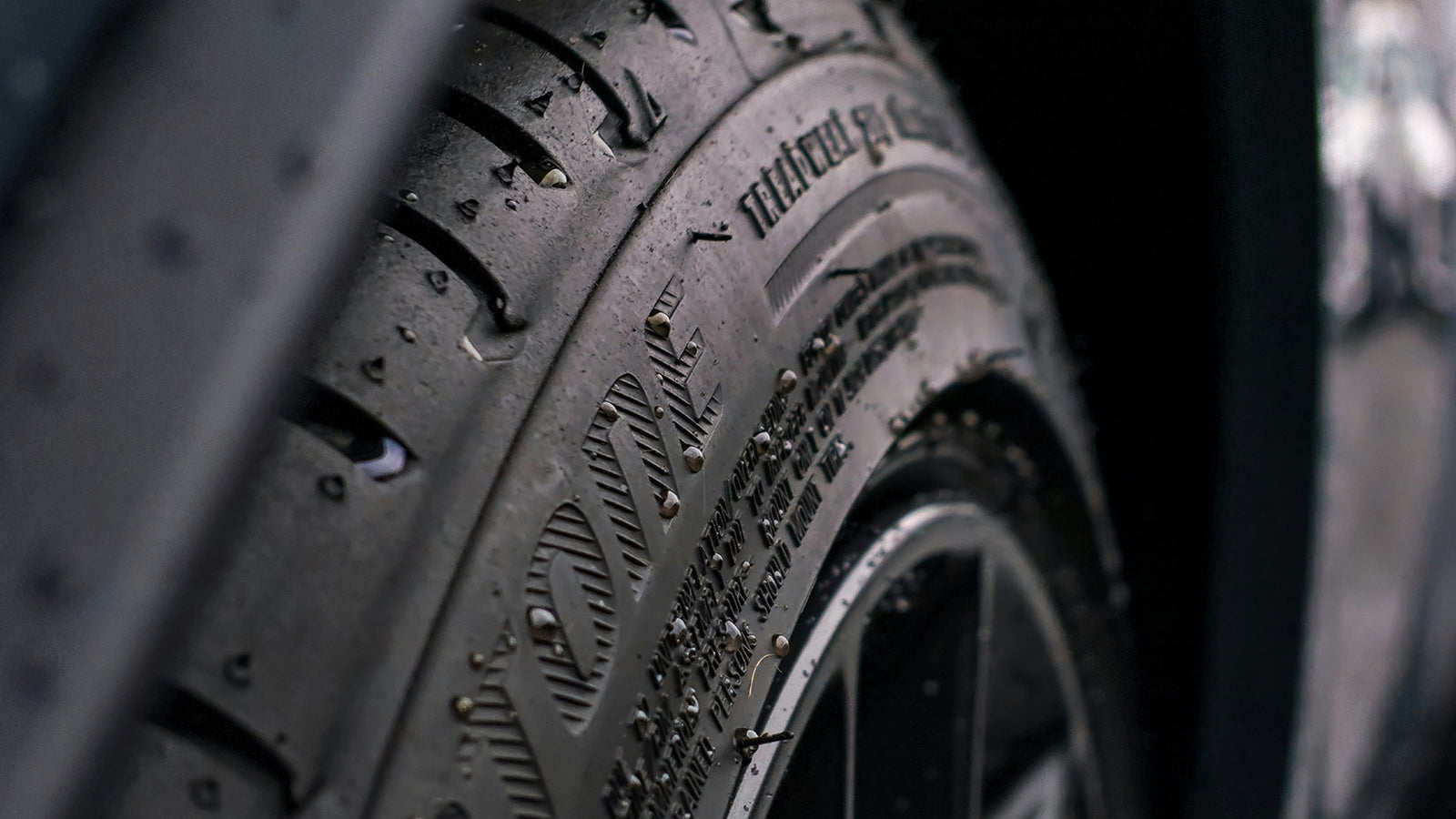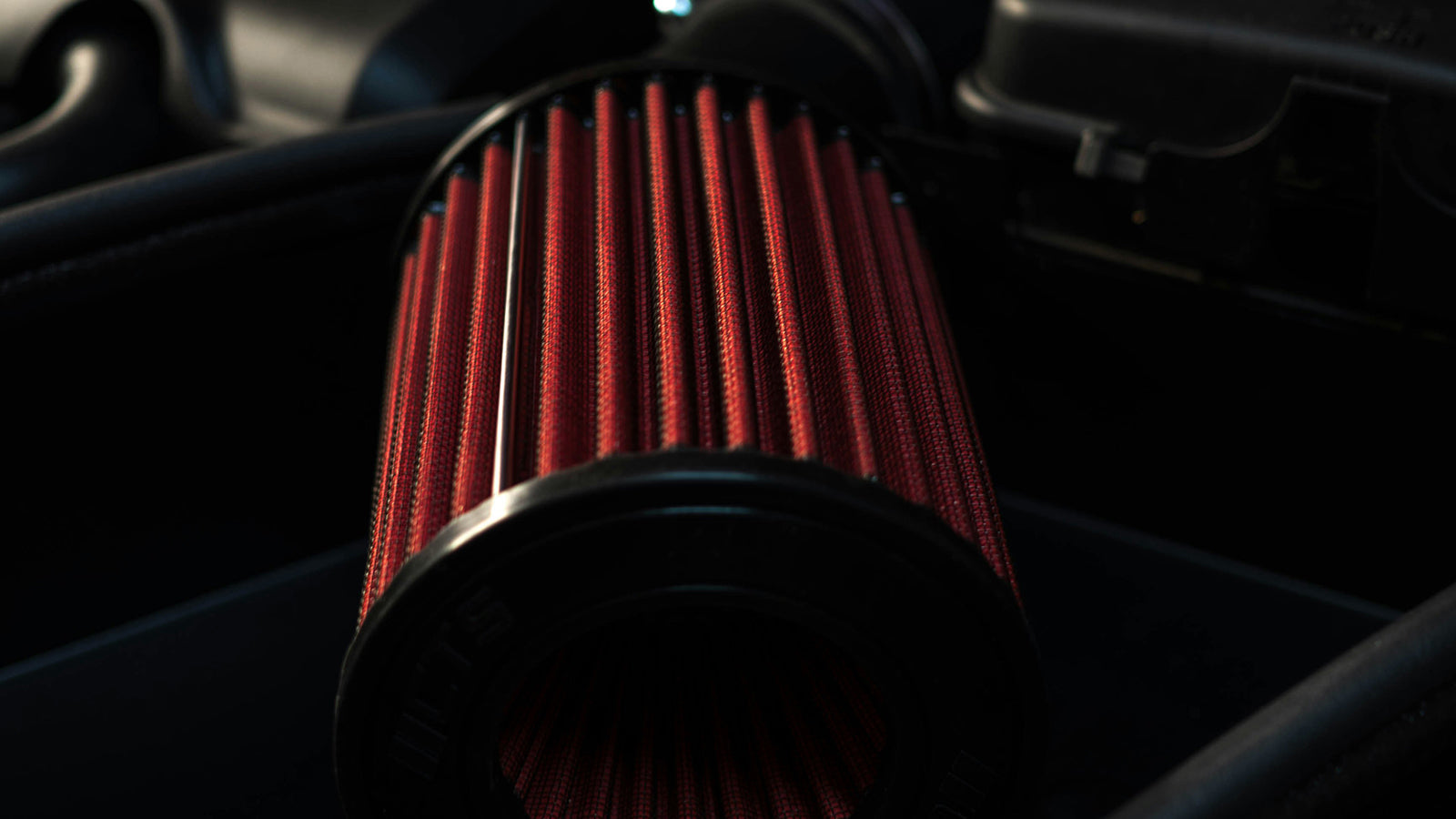Obnoxiously Loud: A Guide to Straight Pipe Exhausts
Can TangünerShare
Exhaust systems are components many enthusiasts change and upgrade on their vehicles as one of their first mods. Because of emissions standards and noise limitations, manufacturers cannot use their full potential when designing stock exhaust systems, so any upgrade to exhaust systems makes some sacrifices in these areas for horsepower and torque gains.
You can get a branded exhaust system or go the easier route and chop off the stock components for a hollow pipe, called a “straight pipe exhaust.” Many enthusiasts love straight-pipe exhaust systems for their raw burbles, pops, bangs, and potential power gains. Primarily used in race cars, it can be applied to any vehicle, and it has always been a hot topic in the automotive world.
Let’s cut to the chase and explore these obnoxiously loud exhaust systems, helping you decide if they are for you or not.
What is a Straight Pipe Exhaust System
Exhaust systems comprise restrictors like mufflers, resonators, and catalytic converters. These components reduce noise levels and regulate waste gases to comply with emissions regulations. Vehicle manufacturers optimize their exhaust systems so the engine produces the optimum power, works silently, and meets emission standards.

A straight pipe exhaust is what its name implies: It is a custom-made hollow pipe that goes from the exhaust manifold to the rear end of the vehicle, removing all the restrictions. It replaces them with an uninterrupted exhaust pipe, allowing exhaust gasses to flow more freely from the engine to the tailpipe. A better-flowing exhaust frees up some horsepower, and with the absence of mufflers or resonators, straight-pipe exhausts can make an incredibly aggressive sound.
Straight Pipes in Race Cars
Some racing venues have noise regulations, and in those venues, even race cars are fitted with mufflers. But most purpose-built race cars run on straight pipe exhausts with no restrictions, as the racing environment mostly does not limit cars on emissions or noise levels. Using straight pipes on race cars is not about power gains, though. It is all about weight reduction, as race cars are machines stripped down to their bare mechanicals.

Straight Pipes in Street Cars
When it comes to street vehicles, there is a lot to consider before straight-piping them. While having the same exhaust system as a race car for cheap may sound cool, there are legal issues and noise level restrictions. Another way to affordably upgrade the exhaust and free up the gasses is to do a muffler delete, similar to straight-piping.
What is the Difference Between Muffler Delete and Straight Piping?
While straight-piping and muffler deleting may seem similar, as they are custom jobs that replace the stock piping with an unrestricted hollow pipe, they are not the same. The difference is in the extent of modifications as a muffler delete involves replacing just one or two mufflers with a straight pipe, leaving all other components intact.
Straight piping means custom-making a complete exhaust system from the headers to the exhaust tip with no restrictors and sensors. It can make more power and is much louder than removing a muffler.

How to Straight Pipe an Exhaust System
Any vehicle can be fitted with a straight pipe exhaust. The only requirements are the correct measurements and bending the pipe correctly to follow the vehicle’s underbody. Since the process requires custom piping and welding, relatively speaking, doing it yourself is out of the question. It is best to leave it to the professionals unless you have the tools, skills, and experience.
The conversion requires removing all of the stock exhaust system from the exhaust manifold to the tailpipe, including anything in between; resonators, catalytic convertors, and center mufflers. The rest of the work is easy, as it only involves fitting the custom-made pipes in place. Once you’ve ensured there are no leaks and all connections are secure, you’re good to go—your vehicle’s just been straight-piped!
Pros and Cons of a Straight Pipe Exhaust
Let’s get a balanced view of straight piping. As cool as straight-piping may seem (and sound), there are some things you need to know before deciding whether it is right for you.
Straight Pipe Exhaust Pros
Increased Performance: Any free-flowing exhaust system increases horsepower, although somewhat, unless backed by complimentary modifications. A straight pipe exhaust with minimum backpressure can increase an engine’s power output, especially at the top end.
Aggressive Sound: Straight pipe exhaust systems do not incorporate components to reduce the noise. With a straight pipe system, you can get the most aggressive exhaust note your vehicle can make, and many enthusiasts find this appealing. Especially if you straight-piped the right vehicle (read “something with a V8”), the loud noise will give you incredible street cred, and you’ll be the coolest kid in car meets!
Weight Reduction: Components like mufflers, resonators, and catalytic converters are not lightweight. Removing them will shave off some weight from underneath the vehicle, which may slightly help with acceleration and braking.
Simplified Design: A straight pipe exhaust is simpler compared to a standard exhaust system with cats and mufflers in place. It has almost no components that will wear out and need replacing as long as it’s made of durable, quality materials.
Straight Pipe Exhaust Cons
Legal Issues: Removing emissions-related components from a vehicle is illegal in all 50 states in the USA and many overseas regions, too.
Aggressive Sound: This is equally a con as it is a pro. The increased noise can and will bother some people, especially your neighbors in the mornings! The lack of resonators will cause the exhaust to make annoying drones and throw your vehicle’s highway refinement out of the window. It can violate residential noise regulations and lead to potential fines. It also makes crappy noises on the wrong car (read four cylinders)!
Environmental Issues: Removing catalytic converters is illegal for a reason. It increases the amount of harmful pollutants released into the environment.
Reduced Fuel Economy: Without the backpressure from the standard exhaust system, your vehicle will burn more fuel, decreasing the MPGs you get.
Non-Specific Power Gains: Power gains can only be “predicted” because straight pipe exhausts are custom-built systems. Branded exhaust systems are tested and offer proven power gains.
Requires ECU Tuning: Without catalytic converters and sensors, you’ll need to get the ECU tuned, too. Catalytic converters are monitored by O2 sensors, and if the sensor does not detect the cats in place, the ECU will probably throw out a CEL and make the engine run richer or leaner, trying to compensate for the changes you’ve made.

Should You Do It?
Straight-piping is cool; there’s no denying that. You’ll get the most aggressive sound your vehicle can ever produce for a fraction of the cost of a branded full exhaust system. You’ll get some power gains with minimum back pressure if you tune and tell the ECU to work without exhaust sensors. But you should consider the legal aspects of straight-piping and the sacrifices you’ll make regarding ride comfort. The bottom line is that it is entirely up to you to decide!
FAQs About Straight Pipe Exhausts
Are Straight Pipe Exhausts Illegal?
Straight pipe exhausts are illegal for road use in all 50 states. However, if you leave the catalytic converters in place and straight-pipe the rest of the system, you may still have an emissions-compliant vehicle.
Does Straight Piping Increase HP?
It depends on the application and the vehicle. A straight pipe exhaust will increase the output in performance engines that need to breathe more freely. For other types of engines, the horsepower gains with an exhaust system are limited. Even on race cars, straight piping is done mostly for weight reduction purposes, and since it is an entirely custom job, there’s no way to tell the exact power gains. You have to dyno-test after straight piping.
How Does Straight Piping Affect Fuel Economy?
Straight piping can potentially increase the fuel consumption. The lack of backpressure will cause the engine to run less efficiently, especially in the lower RPM range, increasing consumption. However, fuel economy always depends on many variables and mostly on your driving habits.
How much does it cost to straight pipe?
The cost can vary depending on the material, make/model of your vehicle, complexity of the job, and labor costs. You have to get it made out of high-quality stainless steel pipes, the complexity depends on the underbody of your vehicle, and you may need additional parts like brackets or exhaust tips. The whole job can cost anywhere from as low as a couple hundred dollars to $1,500-2,000. It is a good idea to get quotes from different shops and mechanics.
Will Muffler Delete/Straight Piping Damage the Engine?
A muffler delete is unlikely to harm the engine as long as the sensors are all in place. A straight pipe exhaust, on the other hand, removes all sensors and may cause the engine not to run correctly. The ECU will most definitely screw up the air/fuel ratio, trying to compensate for the lack of information coming from the sensors, and may cause the engine to run richer or leaner in fuel. It may still not damage the engine, but it definitely requires modification and tuning to the ECU to work properly without the sensors.
BONUS: Why Straight Piping is Cool
When done to the right car, straight-piping might just be the coolest mod you can do. Just take a look at the video below from TopGear.
What’s so right about a 30-year-old Mercedes-Benz, though? The answer is Pagani. They borrowed a V12 from Mercedes-Benz for their first Zonda. That V12 is the very same M120 powerplant Mercedes fitted in its big-body cars in the 90s and early 2000s. But it was so muffled that you could hear a pin drop inside the cabin of these Benzes.
Japanese tuner Sasaki-san knew the possibilities and worked his magic on his old Japan-only S600 AMG. What this car has is essentially an equal-length headers (which is a piece of art itself—just Google it!) where 12 same-length individual pipes merge into one straight exhaust. Then, there’s a valvetronic system where you can select between silent and lunatic!
Who would've guessed an S-Class from the 90s would be that right car for straight-piping. Kudos to Sasaki-san!













